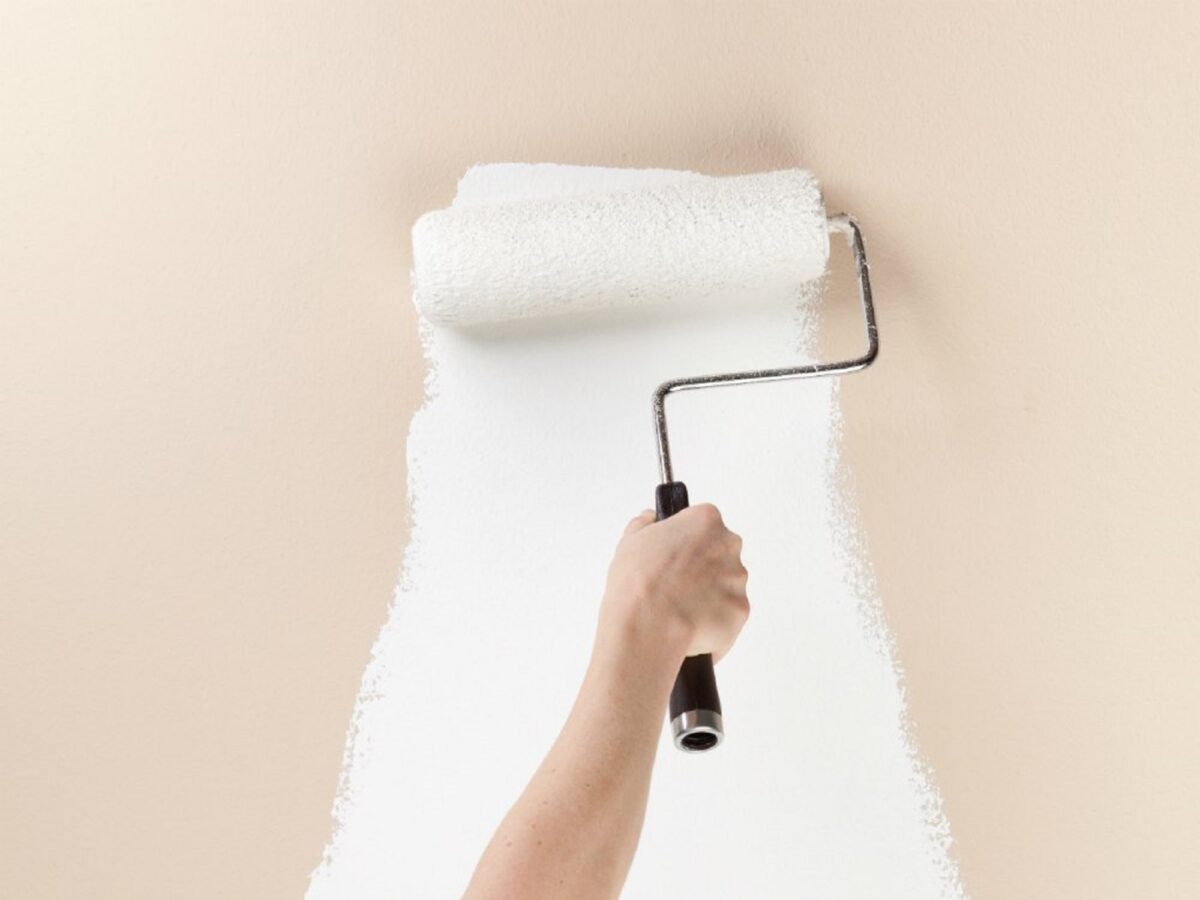Painting the walls at home: 10 mistakes not to make to avoid damaging the wall, exerting excessive effort and spending more money than expected.
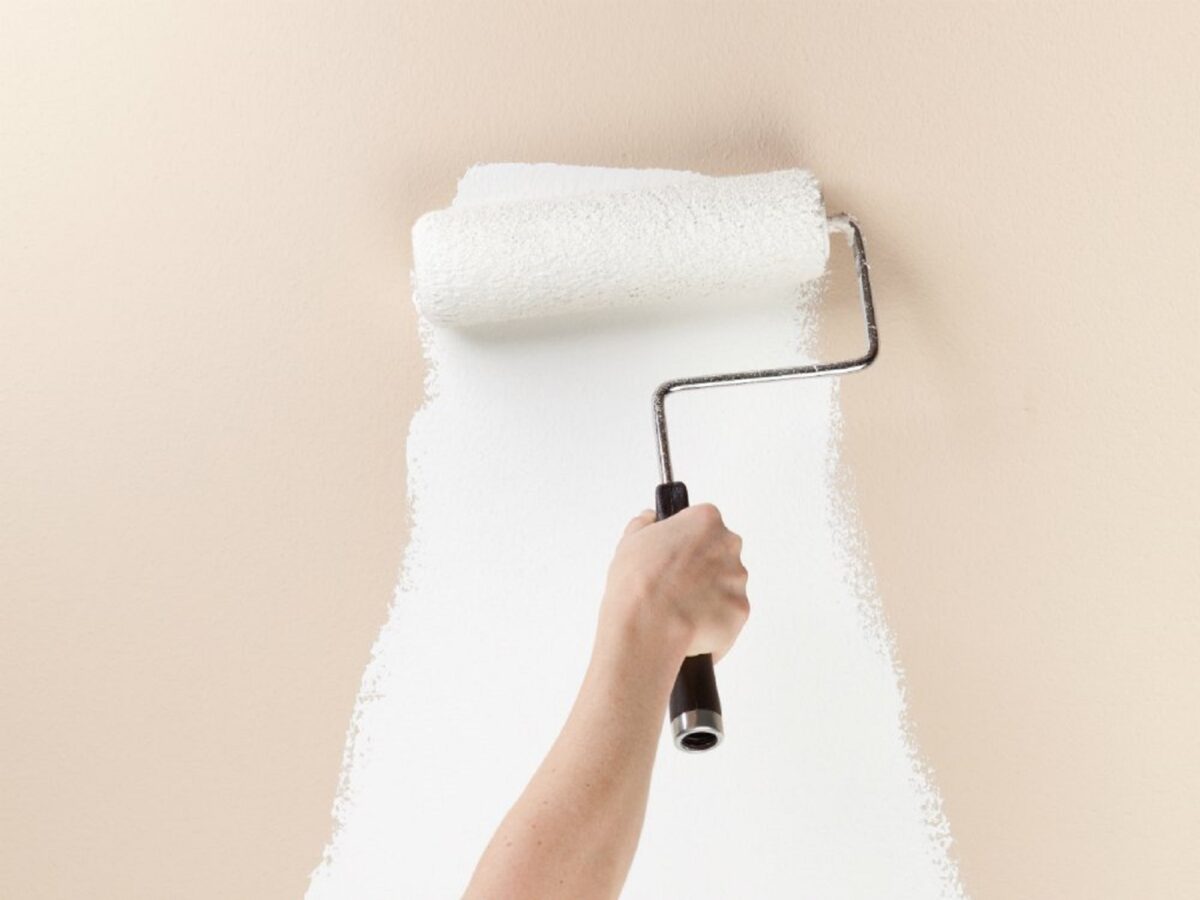
To paint the walls of home it could prove to be an excellent physical, energetic and creative exercise. Often, creativity and competence do not go hand in hand and we find ourselves having to solve mistakes of those who improvise a manual work, without having the technical knowledge.
The first Advice, before proceeding to paint the walls with the do-it-yourself is to contact a professional who can give some suggestions on the type of wall from to paint, which technique to use and how to choose the right colors according to the environments. A simple job, it may be inaccurate, incomplete and not in line with the style and design of the house.
All it is solvable, sometimes at high costs both in terms of effort and economic.
Let’s see together 10 errors not to be done to avoid irreparable damage.
Read also: 10 Christmas gifts to spend under 50 euros
1. Choose the unsuitable period
Painting the walls of the house requires time is fatiguebut it is possible to do so if you have a good dose of goodwill. The first thing to avoid is to paint in Autumn or in winter, because rain could lengthen the drying time of the product on the walls.
Also avoid the time of summer when it is 40 degrees in the shade. The effort would be double. There spring it is the best season to paint the walls.

2. Don’t prepare the walls
There Preparation of the walls is a fundamental operation to get a good job. If the wall presents cracks, holes or mold is humidity, it is worth carrying out some repair techniques before proceeding with the painting. Sand, close the holes with putty, sandblasting are important technical operations: do not forget to perform them!
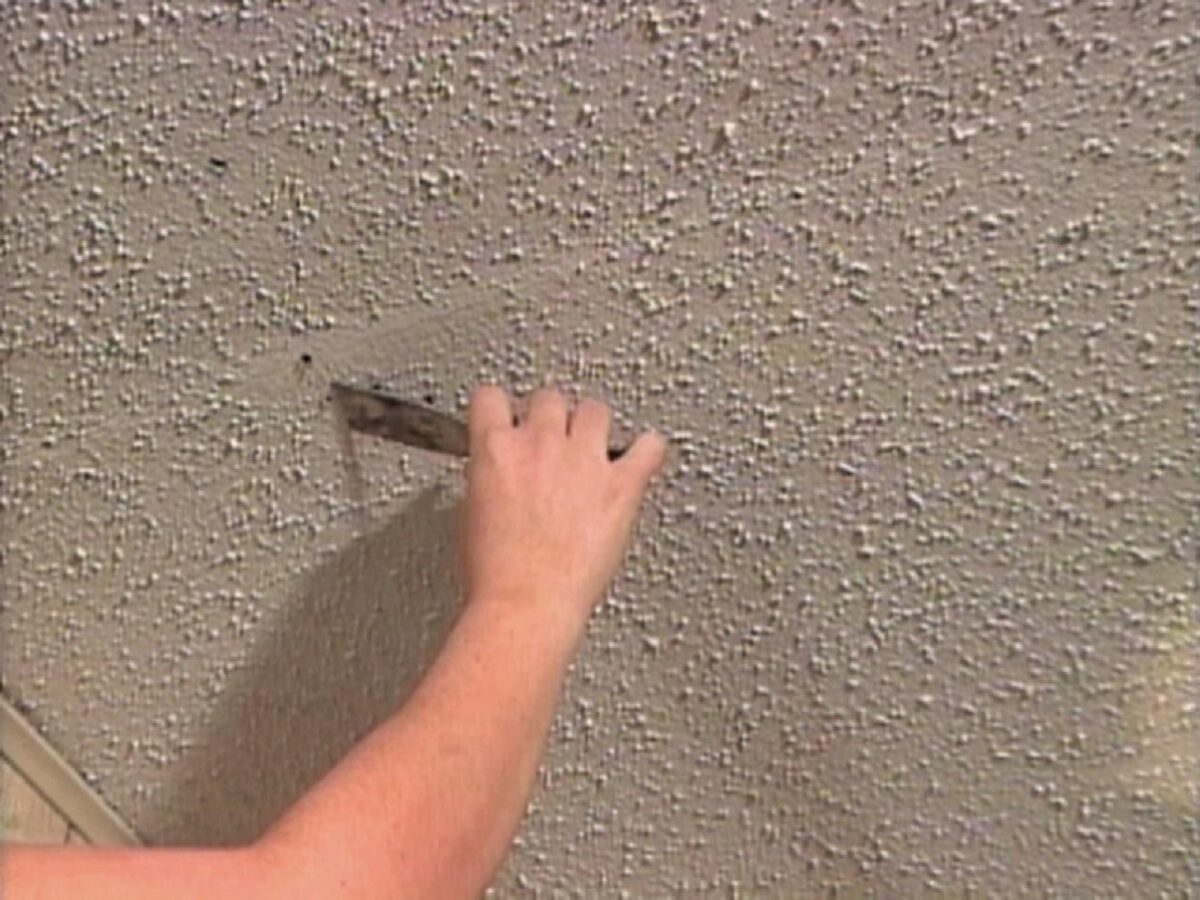
3. Don’t define a project
Know well what to do before starting a job is to have a good one organization and the end result will have less mistakes. The combination of colors, the choice of the right paints, a good knowledge of the walls and of the techniques of painting are fundamental steps before proceeding.
One study in-depth analysis of the result to be obtained, must never be lacking.

It may interest you: Mistakes not to make when painting kitchen walls
4. Leave the walls dirty
To clean the walls before starting a job it is important to ensure linearity to the painting and a final effect without bubbles. The fat and the dust they settle on surfaces and are often not visible to the naked eye. Here’s how to clean the walls:
- Take a glove and a sponge
- In a bowl, mix water and degreaser
- Clean the wall until you get a uniform effect
- Let it dry before proceeding to the next operation.
A product that easily dissolves the fat on the walls is the trisodium phosphate (TSP). It is commercially available in powder form, diluted in water and used as a normal detergent.
There magic eraseron the other hand, it is the best ally to clean the walls quickly, when there are no large dirt.
Do you want design advice on how to furnish? Join the group

5. Forgetting to use the primer
The primer is a mixture of acrylic resins useful to uniform and fix the color on the walls. It may be useful to use it to prevent the color from dripping or not fixing well on the walls. Yes apply like a normal paint, with roller or brush.
Wait that the walls are completely dry before proceeding with the painting.
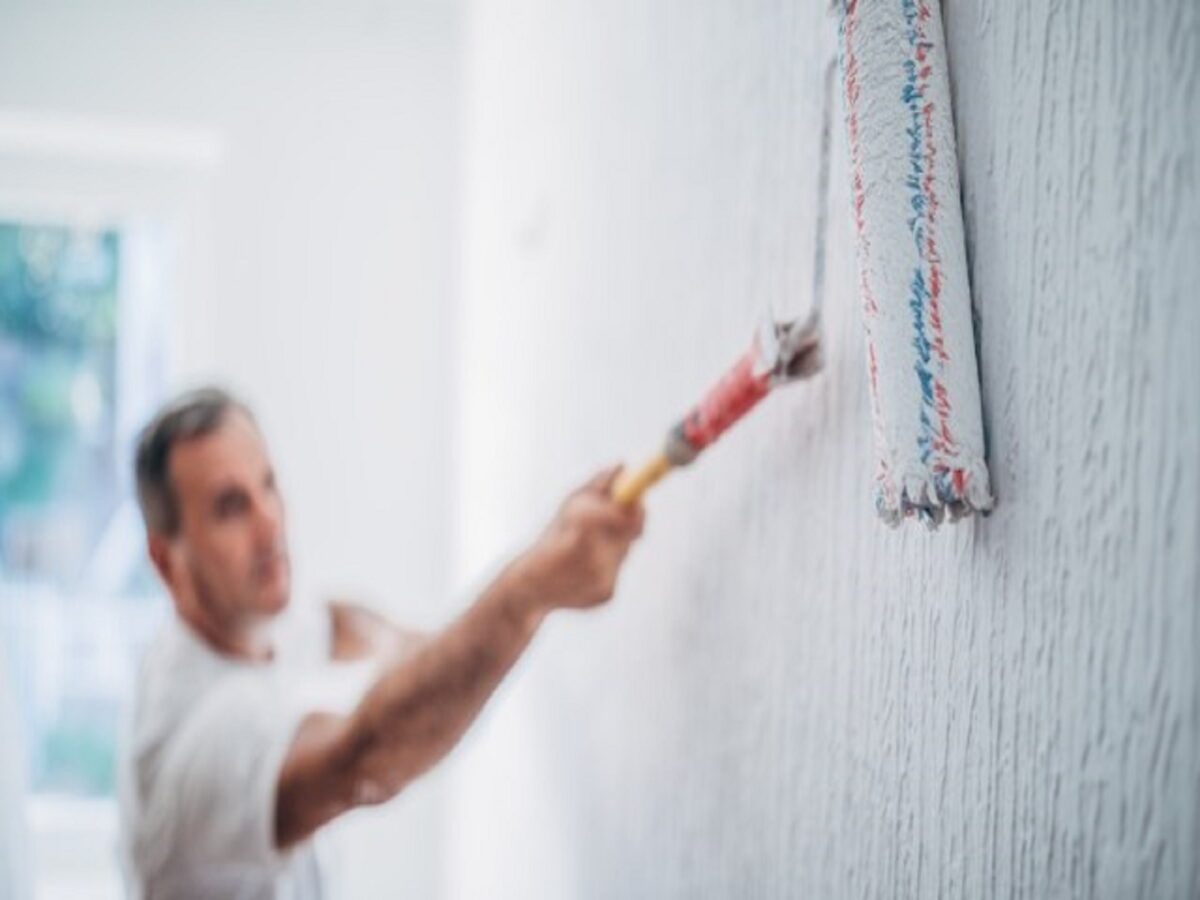
6. Use the adhesive tape incorrectly
The Scotch tape serves to isolate the set off from do not paint. It’s important fix it well to the floor and skirting board for avoid crooked painting. Some professionals use corner-specific brushes, but imprecision is within reach if you’re not used to it.
Choosing a paper or specific adhesive tape will help not to leave traces of stickers on the wall. Remove the tape as soon as you pass the color on the wall.
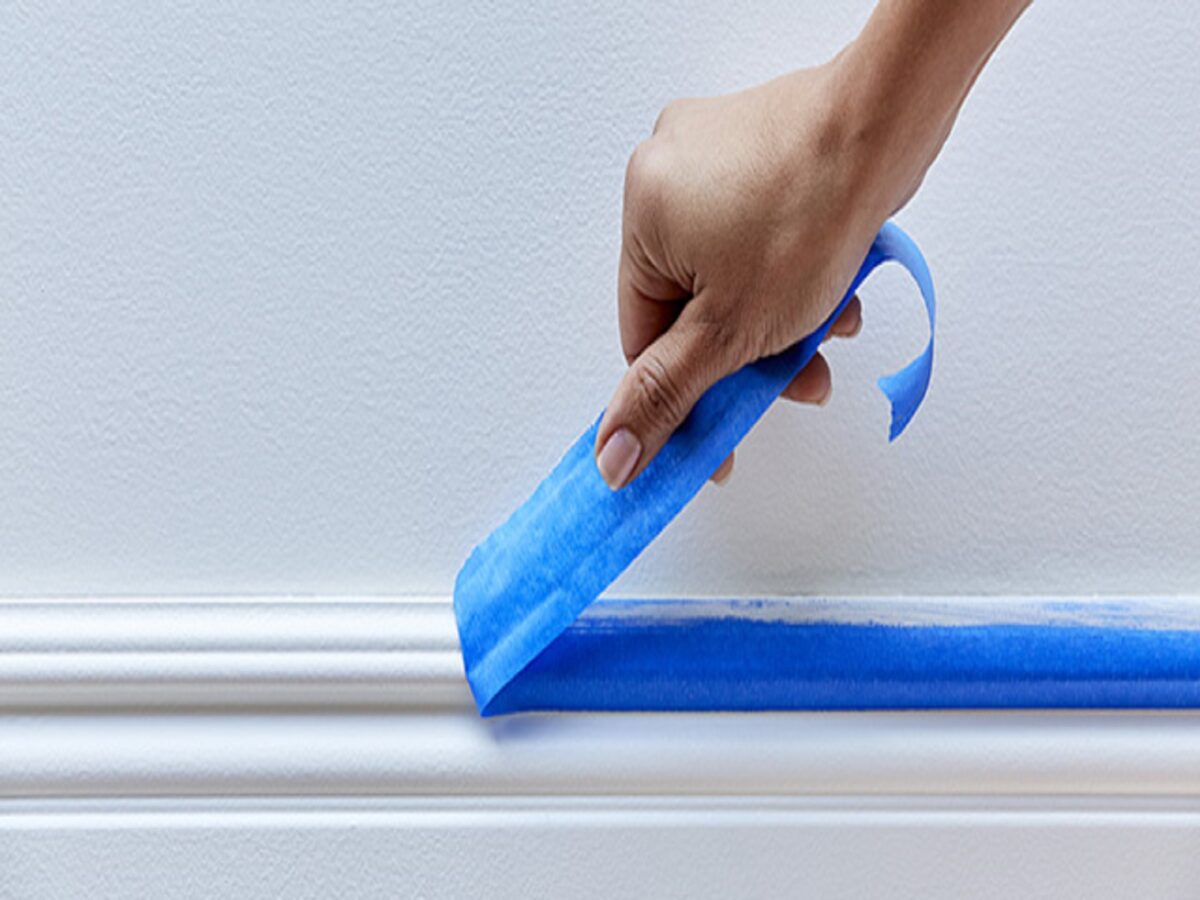
7. Prefer glossy paint
The choice of glossy paint it’s a error both of technique and design. Better leave the gloss on the doors or the skirting board and choose one matte varnish for the walls.
The final effect will be better and imperfections will be less visible. Also, it is always good to do two passes paint on the walls to fix the color well.
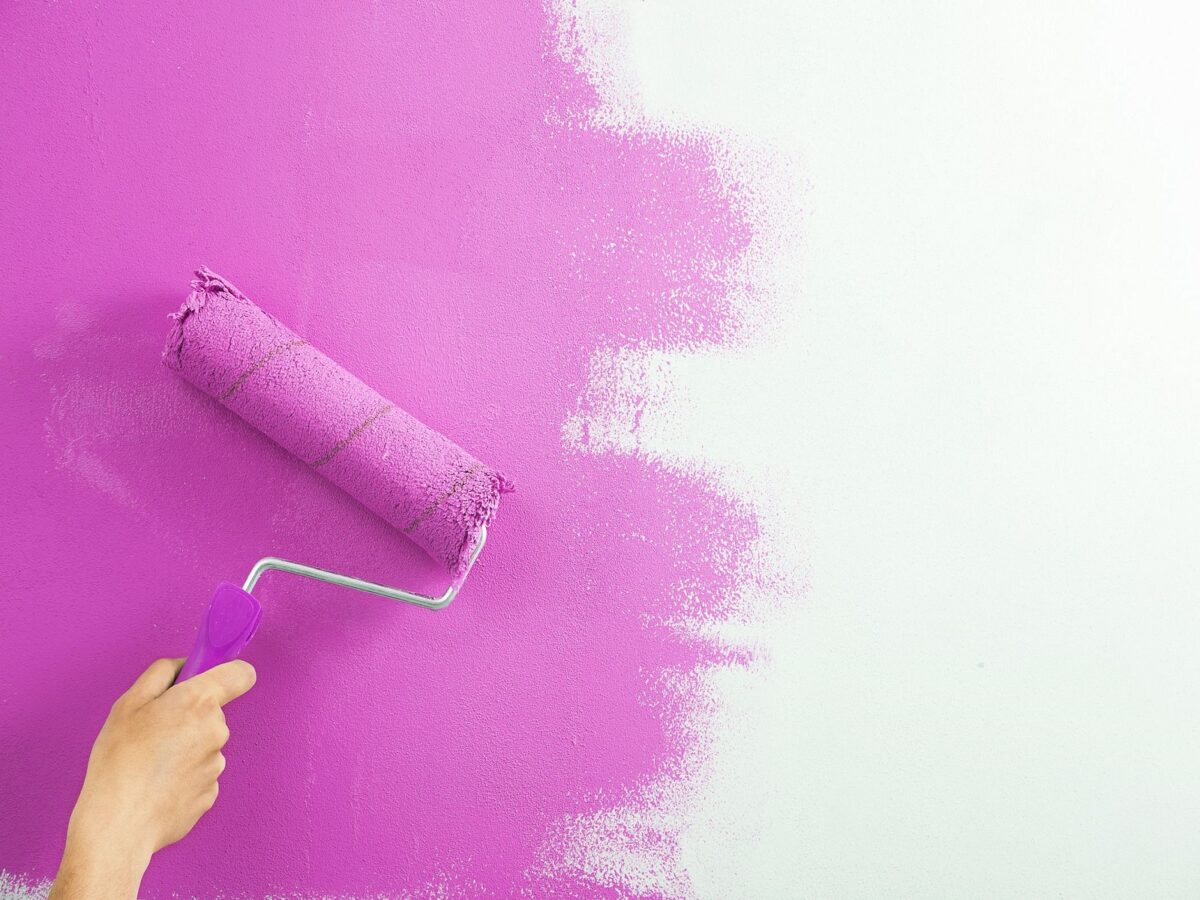
8. Choose a wrong color
There choice of the color is an important step to avoid design errors. The combinations of color they go well studied before proceeding with the painting.
A dark color in a small room makes the room smaller. Avoid painting the ceiling so as not to create a “crowded” or full and suffocating effect.
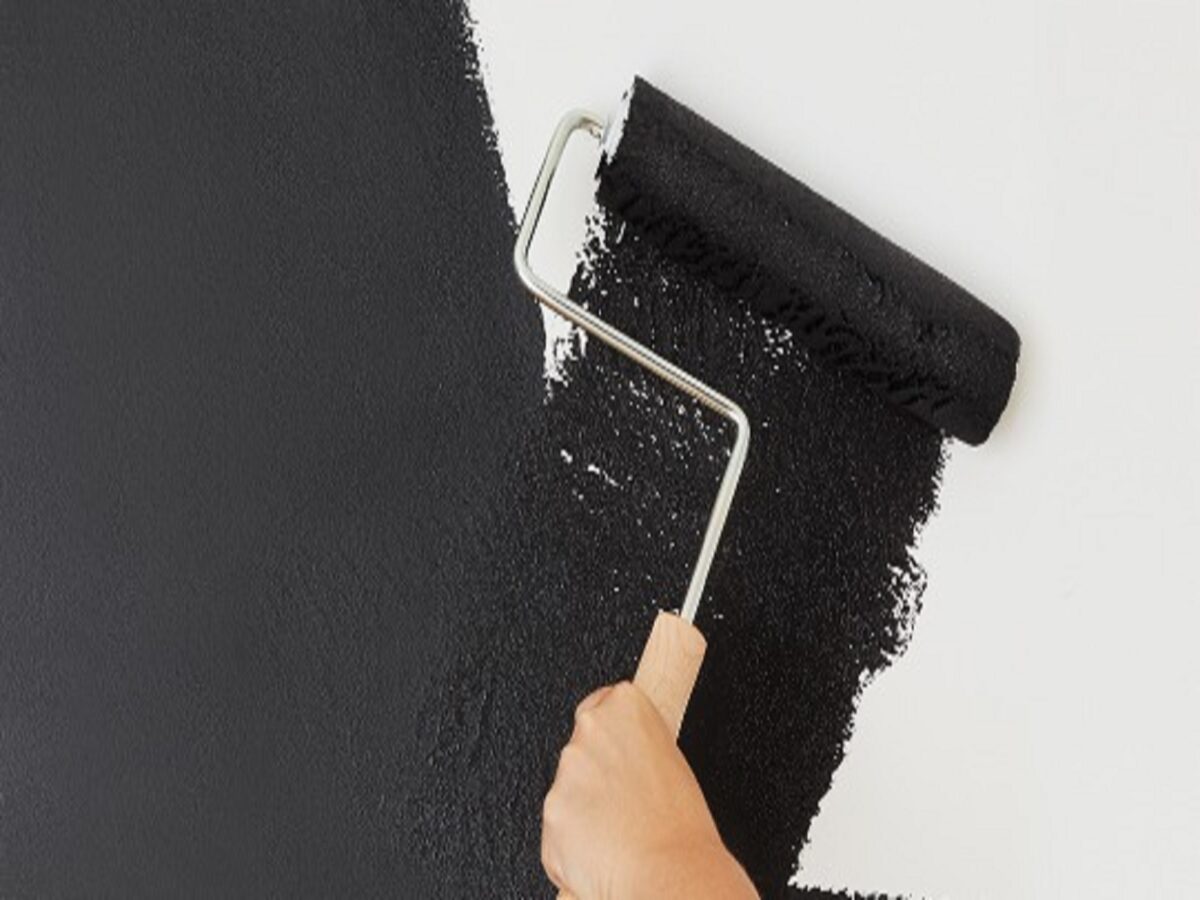
9. Give space to instinctive creativity
The artistic flair is accepted if there is a thorough study of the result to be obtained. Take the brush and random painting will not ensure a good final effect. Studying painting techniques, associating the colors well and then letting go of the hand, to avoid irreparable and visually unpleasant damage.
Creativity yes, as long as it is not instinctive. For a precise and flawless effect, wall stencils can be used.
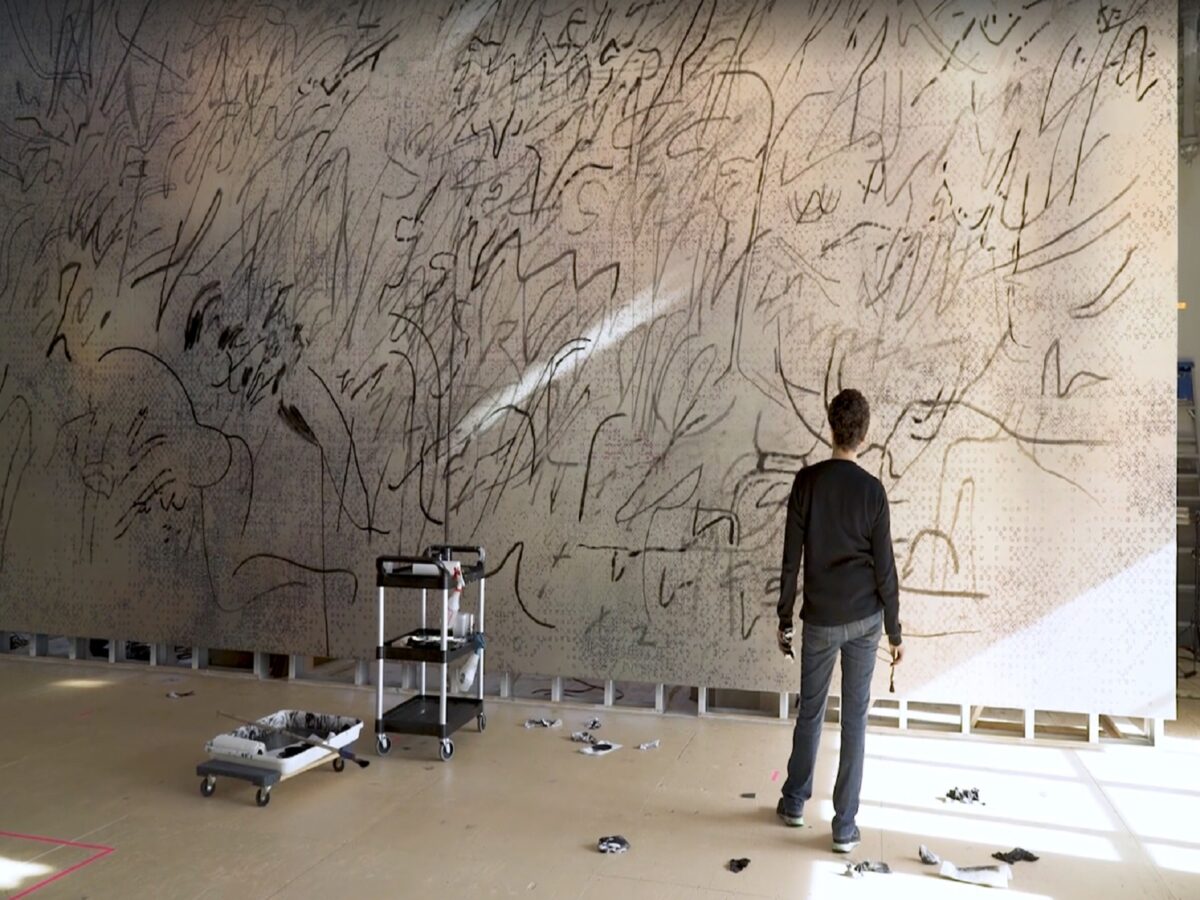
10. Don’t follow a clear line
To paint in casual manner it is a serious mistake. There line to follow is straight, from the ceiling to the floor, in vertical. If the job takes too much effort, you will probably need to add color to the roller.
Arm yourself with a lot of patience, because painting the walls of the house requires a lot of physical effort, but, if studied well, the final effect will be perfect it is satisfying.
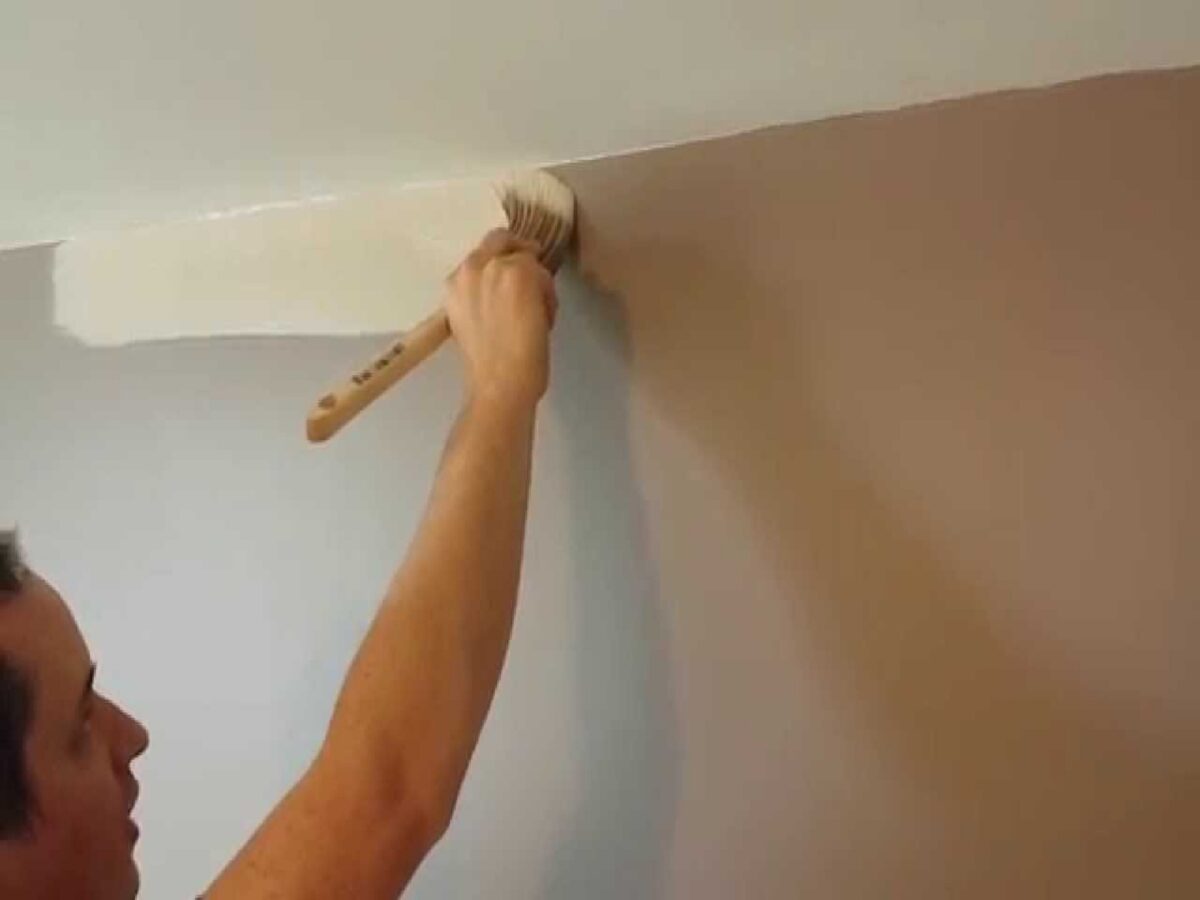
Painting the walls: photos and pictures
We have selected a gallery of images for the mistakes to avoid when painting the walls of the house.
Painting the walls at home: 10 mistakes not to make to avoid damaging the wall, exerting excessive effort and spending more money than expected.

To paint the walls of home it could prove to be an excellent physical, energetic and creative exercise. Often, creativity and competence do not go hand in hand and we find ourselves having to solve mistakes of those who improvise a manual work, without having the technical knowledge.
The first Advice, before proceeding to paint the walls with the do-it-yourself is to contact a professional who can give some suggestions on the type of wall from to paint, which technique to use and how to choose the right colors according to the environments. A simple job, it may be inaccurate, incomplete and not in line with the style and design of the house.
All it is solvable, sometimes at high costs both in terms of effort and economic.
Let’s see together 10 errors not to be done to avoid irreparable damage.
Read also: 10 Christmas gifts to spend under 50 euros
1. Choose the unsuitable period
Painting the walls of the house requires time is fatiguebut it is possible to do so if you have a good dose of goodwill. The first thing to avoid is to paint in Autumn or in winter, because rain could lengthen the drying time of the product on the walls.
Also avoid the time of summer when it is 40 degrees in the shade. The effort would be double. There spring it is the best season to paint the walls.

2. Don’t prepare the walls
There Preparation of the walls is a fundamental operation to get a good job. If the wall presents cracks, holes or mold is humidity, it is worth carrying out some repair techniques before proceeding with the painting. Sand, close the holes with putty, sandblasting are important technical operations: do not forget to perform them!

3. Don’t define a project
Know well what to do before starting a job is to have a good one organization and the end result will have less mistakes. The combination of colors, the choice of the right paints, a good knowledge of the walls and of the techniques of painting are fundamental steps before proceeding.
One study in-depth analysis of the result to be obtained, must never be lacking.

It may interest you: Mistakes not to make when painting kitchen walls
4. Leave the walls dirty
To clean the walls before starting a job it is important to ensure linearity to the painting and a final effect without bubbles. The fat and the dust they settle on surfaces and are often not visible to the naked eye. Here’s how to clean the walls:
- Take a glove and a sponge
- In a bowl, mix water and degreaser
- Clean the wall until you get a uniform effect
- Let it dry before proceeding to the next operation.
A product that easily dissolves the fat on the walls is the trisodium phosphate (TSP). It is commercially available in powder form, diluted in water and used as a normal detergent.
There magic eraseron the other hand, it is the best ally to clean the walls quickly, when there are no large dirt.
Do you want design advice on how to furnish? Join the group

5. Forgetting to use the primer
The primer is a mixture of acrylic resins useful to uniform and fix the color on the walls. It may be useful to use it to prevent the color from dripping or not fixing well on the walls. Yes apply like a normal paint, with roller or brush.
Wait that the walls are completely dry before proceeding with the painting.

6. Use the adhesive tape incorrectly
The Scotch tape serves to isolate the set off from do not paint. It’s important fix it well to the floor and skirting board for avoid crooked painting. Some professionals use corner-specific brushes, but imprecision is within reach if you’re not used to it.
Choosing a paper or specific adhesive tape will help not to leave traces of stickers on the wall. Remove the tape as soon as you pass the color on the wall.

7. Prefer glossy paint
The choice of glossy paint it’s a error both of technique and design. Better leave the gloss on the doors or the skirting board and choose one matte varnish for the walls.
The final effect will be better and imperfections will be less visible. Also, it is always good to do two passes paint on the walls to fix the color well.

8. Choose a wrong color
There choice of the color is an important step to avoid design errors. The combinations of color they go well studied before proceeding with the painting.
A dark color in a small room makes the room smaller. Avoid painting the ceiling so as not to create a “crowded” or full and suffocating effect.

9. Give space to instinctive creativity
The artistic flair is accepted if there is a thorough study of the result to be obtained. Take the brush and random painting will not ensure a good final effect. Studying painting techniques, associating the colors well and then letting go of the hand, to avoid irreparable and visually unpleasant damage.
Creativity yes, as long as it is not instinctive. For a precise and flawless effect, wall stencils can be used.

10. Don’t follow a clear line
To paint in casual manner it is a serious mistake. There line to follow is straight, from the ceiling to the floor, in vertical. If the job takes too much effort, you will probably need to add color to the roller.
Arm yourself with a lot of patience, because painting the walls of the house requires a lot of physical effort, but, if studied well, the final effect will be perfect it is satisfying.

Painting the walls: photos and pictures
We have selected a gallery of images for the mistakes to avoid when painting the walls of the house.

